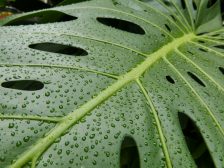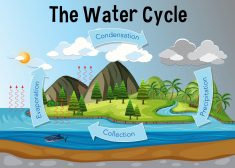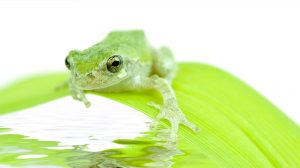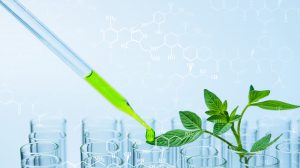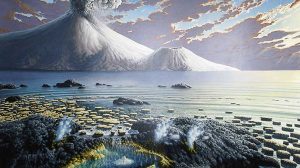Definition
noun, plural: acid dyes
(biological techniques) A dye containing acidic group(s) and is used in staining biological specimen
Supplement
One of the most common biological techniques is staining. It aids in the identification and observation of a specimen under the microscope. It helps to ease the identification of microscopic biological structures of an organism. For instance, bacterial cells would appear transparent under a typical microscope. Through staining techniques, these bacterial cells take the color of the dye used. This helps the viewer to observe clearly the shape of the bacterial cells, detect the presence of a cell wall (by gram staining), detect spore-formers, and identify acid-fast bacteria (by acid-fast staining technique).
The three major types of dyes used in biological staining are acid dyes, basic dyes, and neutral dyes. Basic dyes stain basophilic structures (e.g. nuclei, ribosomes and GAGs). Acid dyes stain acidophilic structures (e.g. cytoplasm, basic tissue proteins). Examples of acid dyes are Indian ink, congo red, nigrosoine.1
Synonym(s):
- acid stain
Compare:
See also:
- Periodic acid schiff stain
- Lillies sulfuric acid nile blue stain
- acidophile
- dye
- staining
Reference(s):
1 Gokhale, S. B., Kokate, C. K., and Bidarkar, D. S. (2008). Pharmaceutical Biology. Maharashtra, India: Pragati Books Pvt. Ltd.

